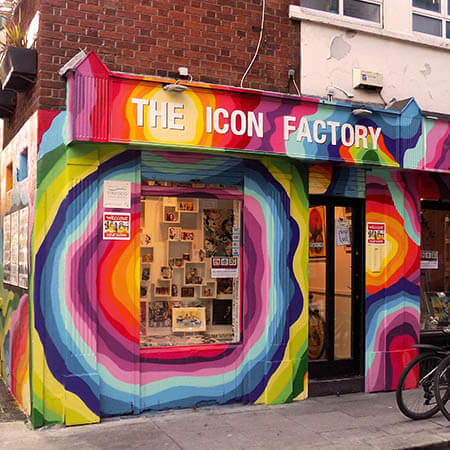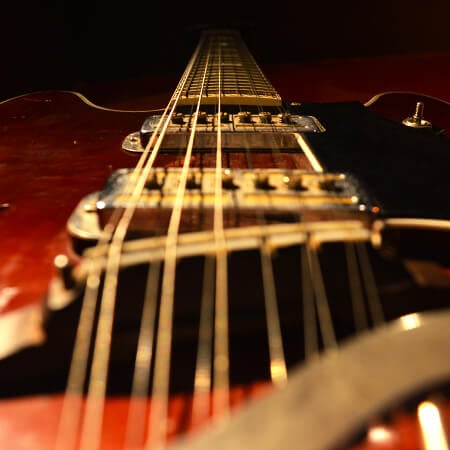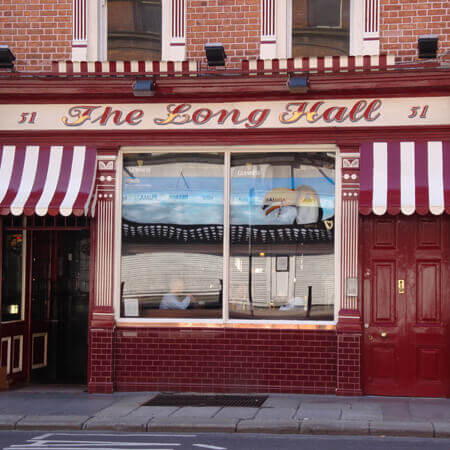On Harry Street, a monument to a rock legend
In a random (and completely unscientific) study, we asked several people to name five of the best known statues in Dublin.
Merrion Square’s Oscar Wilde was name checked, as was Patrick Kavanagh’s canal bank sit‐down. Some confusion reigned as to where Molly Malone was. (She now wheels her wheelbarrow on Suffolk Street.)
But each and every person mentioned Phil Lynott’s statue. The iconic bronze memorial to the rock star who left us for the great stage in the sky on January 4th, 1986.
One of Dublin’s favourite sons
The immortalisations of Daniel O’Connell, James Connolly and James Larkin may have gone unmentioned in our unscientific poll. However, rather than disregard for political history, this is an indication of the special place the Thin Lizzy frontman holds in Dubliners’ hearts.
A poet and a rocker, the Brummie‐born lead singer and bassist, who grew up in Crumlin, remains one of the city’s most beloved sons.
Finding Phil Lynott’s statue
The statue of Phil and his guitar stands tall and proud on Harry Street. Its location is just a stone’s throw away from the five-star Westbury Hotel and, even more appropriately, right outside one of Phil’s favourite locals – Bruxelles.
You’ll find the turn for Harry Street about halfway down Grafton Street. A bank marks the turn but, at certain times of the day, your view is likely to be clouded by the flower sellers of Grafton Street. So be sure to look twice.
Local connections
Sculpted by Paul Daly and cast by Leo Higgins at the Cast foundry in The Liberties, the statue was unveiled by Phil’s mother, Philomena, in front of hundreds of people in 2005.
The piece was commissioned by the Roisin Dubh trust, which was set up to commemorate Phil Lynott’s life and work. From the outset, it’s been agreed by family, friends and fans that the statue captures the essence of the rocker, who tragically died aged 36, his health ravaged by drugs and alcohol.



